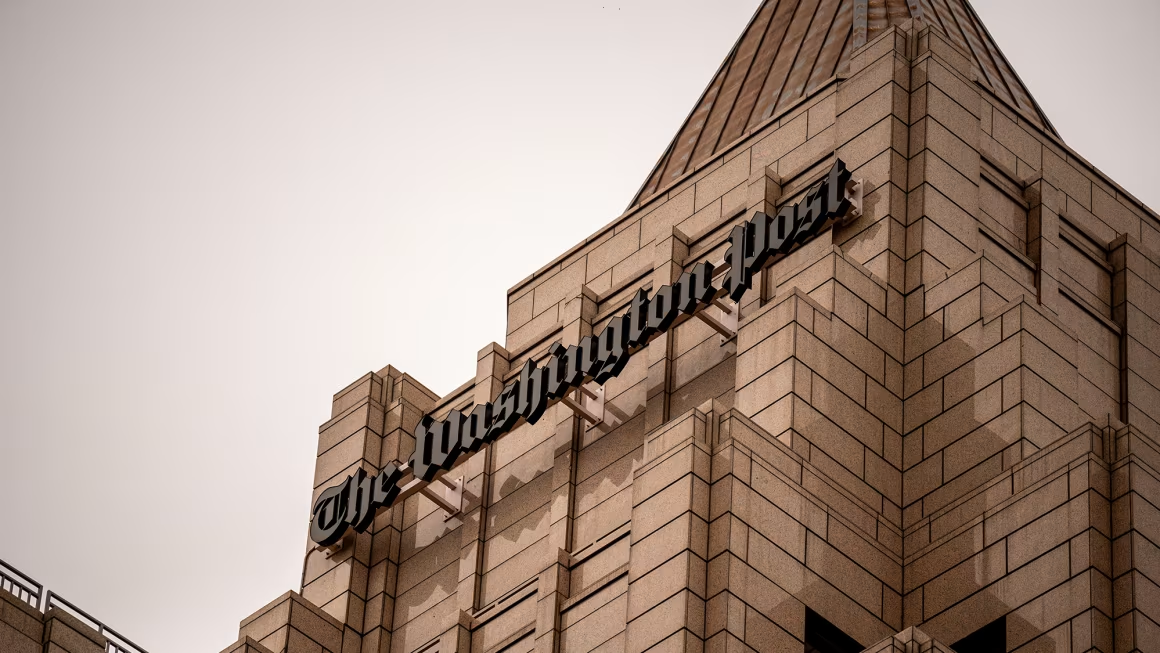
Escalating Campaign: Israel Strikes Iran’s State TV in Ongoing Media Assault
June 16, 2025
Washington Post Investigates Cyberattack on Journalists’ Email Accounts
June 16, 2025June 16, 2025 – General –
At the opening of the 59th Session of the UN Human Rights Council (HRC59) on June 16, 2025, the safety of journalists was placed among the highest priorities. Over the next three weeks, states, civil society organizations, and experts are addressing growing threats to press freedom globally, alongside broader issues of digital rights, elections, and the impact of artificial intelligence.
One of the central discussions at HRC59 revolves around a new resolution on the safety of journalists. This resolution is led by Austria, with support from Brazil, France, Greece, Morocco, Qatar, and Tunisia, aiming to build upon and strengthen previous resolutions adopted by the Council, including the landmark 2022 resolution. The resolution seeks to respond to new and escalating threats faced by journalists worldwide.
ARTICLE 19, a leading press freedom advocacy group, is calling for a resolution to address the increasing use of Strategic Lawsuits Against Public Participation (SLAPPs). These legal actions are designed to intimidate, silence, or financially exhaust journalists and media outlets reporting on matters of public interest. ARTICLE 19 recommends concrete measures, including mechanisms for early dismissal of SLAPPs, preventing forum shopping by plaintiffs, supporting journalists facing these legal threats, and educating the judiciary about the abusive nature of such lawsuits.
In addition to legal harassment, the misuse of surveillance technologies is also being highlighted. The proliferation of spyware, biometric surveillance, and mass data collection has become a major threat to journalists’ safety and privacy. ARTICLE 19 is advocating for the UN to issue clear guidance requiring human rights due diligence by companies producing such technologies. They also call for bans on the export of surveillance technologies to countries where human rights violations are likely, and the prohibition of biometric technologies for mass surveillance purposes.
Beyond journalist safety, HRC59 is also addressing digital rights challenges in authoritarian contexts such as Belarus and Myanmar, along with emerging concerns around AI governance. ARTICLE 19 continues to monitor and engage in these discussions, providing updates through its digital channels.
HRC59 offers a crucial opportunity to advance stronger international protections for journalists, reinforcing the global commitment to freedom of expression and the right to information.
Reference –
UN: Safety of journalists among top priorities at the Human Rights Council




